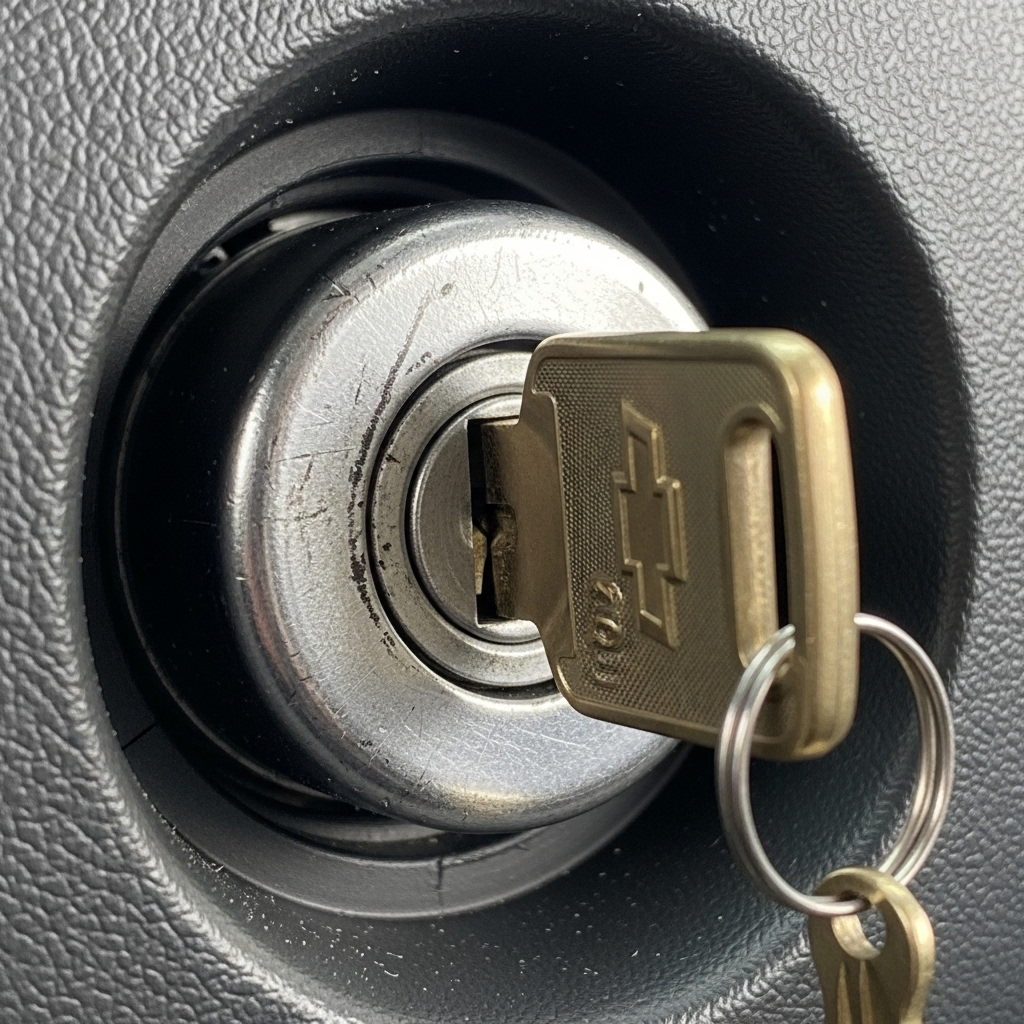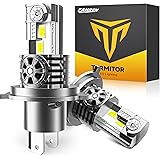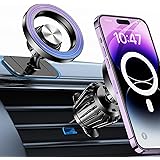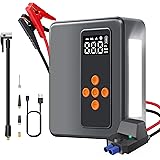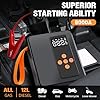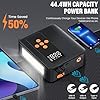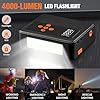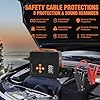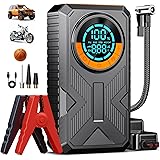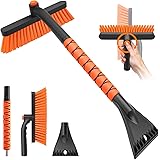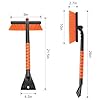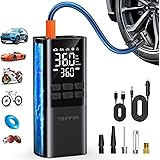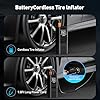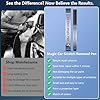Table of Contents
Few things are as frustrating as a faulty ignition—the key that won’t turn, the switch that sticks, or the fear of being stranded. Learning how to replace ignition lock cylinder Chevrolet S10 yourself can save you a significant mechanic’s bill and restore your truck’s reliability. This comprehensive guide will walk you through the entire process, from diagnosing a failing cylinder to the final turn of your new key, empowering you to tackle this common repair with confidence.
Replacing the ignition lock cylinder on your Chevrolet S10 is a manageable project that requires more patience than specialized tools. By understanding the steps and precautions, you can successfully restore your ignition’s smooth operation and ensure your truck starts every time you turn the key.
Understanding Your S10’s Ignition Lock Cylinder
The ignition lock cylinder is the mechanical heart of your starting system. It’s the key-operated tumbler assembly that activates the electrical ignition switch. When you insert and turn your key, the cylinder rotates, engaging a mechanism that sends power to your vehicle’s starter, ignition, and accessory systems.
Over time, the internal wafers and springs within the cylinder can wear down, leading to common problems like:
- Keys becoming difficult to turn or remove
- The ignition sticking in certain positions
- The key rotating without engaging the starter
- Complete failure where the key won’t turn at all
Recognizing these early warning signs can help you address the problem before you’re left stranded.
Safety First: Essential Precautions Before You Begin
Working on your steering column requires careful attention to safety, especially since modern vehicles contain airbag systems.
Disconnect the Battery: Before any disassembly, raise the hood of your S10 and disconnect the negative battery cable using a wrench. This crucial step prevents accidental short circuits and, most importantly, allows the airbag system to discharge. Wait at least five minutes after disconnecting the battery before working on the steering column to ensure the system is fully deactivated .
Prepare Your Workspace: Ensure you have adequate lighting and a clean, organized space to work. Use a small container to keep track of screws and components as you remove them. Taking photos with your phone during disassembly can provide a helpful visual reference for reassembly.
Tools and Parts You’ll Need
Gathering the right tools before starting will make the process much smoother.
Required Tools
- Wrench set for battery terminal
- Torx-head screwdriver set (size varies by S10 model year) for steering column covers
- Awl, small punch, or similar tool to depress the locking tab
- Socket set and extensions may be helpful for some models
- Trim removal tool (optional but recommended to prevent damage to plastic components)
Required Parts
- Replacement ignition lock cylinder (ensure it’s compatible with your specific S10 model year)
- New keys (some cylinders come with new keys, while others can be re-keyed to match your existing keys)
Step-by-Step Replacement Guide

Follow these steps carefully to successfully replace your S10’s ignition lock cylinder.
Step 1: Gain Access to the Steering Column
Begin by removing the steering column covers to access the ignition cylinder housing.
- Locate and remove the Torx screws securing the upper and lower steering column covers .
- Lift the upper steering column cover out of place and set it aside .
- Tilt the steering wheel to its highest position, then remove the lower steering column cover .
Step 2: Remove the Old Ignition Lock Cylinder
With the column exposed, you can now access and remove the faulty cylinder.
- Insert your current key into the ignition cylinder .
- Turn the key to the “Start” position (or as far as it will turn if it’s sticking) .
- Locate the small access hole underneath the lock cylinder assembly. This is typically on the underside of the cylinder housing.
- Insert an awl or small punch into the access hole and push inward to depress the locking tab or release pin .
- While maintaining pressure on the release pin, allow the key to return to the “Run” position, then gently slide the entire lock cylinder assembly out of the steering column .
Step 3: Install the New Ignition Lock Cylinder
Installation is straightforward once the old cylinder is removed.
- Insert the key into your new lock cylinder .
- Position the key in the “Run” position before installation .
- Align the new cylinder with the mounting area on the steering column, ensuring the tabs and slots are properly oriented.
- Slide the lock cylinder firmly into place until it clicks and seats completely .
- Turn the ignition key to the “Off” position and remove the key to test the installation .
Step 4: Reassemble the Steering Column
Once the new cylinder is securely installed and functioning properly, reassemble the components.
- Replace the lower steering column cover, ensuring it snaps into place correctly.
- Position the upper steering column cover and secure it in place.
- Reinstall the Torx screws to secure both covers, tightening them firmly but not excessively .
Step 5: Final Checks and Testing
Before considering the job complete, perform these final verification steps.
- Reconnect the negative battery cable at the battery terminal, tightening it securely with your wrench .
- Test the new ignition cylinder with the key, ensuring it turns smoothly through all positions (Accessory, Run, Start).
- Verify that the key returns properly from Start to Run and removes easily in the Off position.
- Check that your steering wheel lock mechanism functions correctly.
Troubleshooting Common Installation Issues
Even with careful installation, you might encounter some challenges.
- Cylinder won’t seat properly: Ensure the key is in the “Run” position and that the locking tab on the new cylinder is properly aligned with the receptacle in the steering column.
- Key won’t turn after installation: Double-check that the cylinder is fully seated and that the key is completely inserted. If the problem persists, the cylinder may need to be repositioned.
- Ignition functions but key is hard to turn: Apply a small amount of graphite-based lubricant (not oil) to the key and insert it into the cylinder several times to distribute the lubricant.
Maintenance Tips for Your New Ignition Cylinder
Protect your investment and ensure long-term reliability with these simple practices.
- Keep keys clean: Dirt and debris on keys can transfer to the cylinder’s internal components, accelerating wear.
- Avoid heavy keychains: Excessive weight hanging from your ignition key puts unnecessary stress on the cylinder mechanism.
- Use graphite lubricant periodically: A small amount of graphite-based lubricant applied sparingly to the key and inserted into the cylinder can maintain smooth operation.
- Address problems early: If you notice any sticking or difficulty turning the key, address it immediately before the problem worsens.
When to Seek Professional Help
While this guide covers a standard ignition cylinder replacement, there are situations where professional assistance may be warranted.
- If airbag warning lights appear after reassembly
- If the ignition switch (separate from the lock cylinder) appears faulty
- If you encounter damaged components or stripped screws during disassembly
- If you’re uncomfortable with any aspect of the steering column disassembly
Final Thoughts
Successfully replacing your Chevrolet S10’s ignition lock cylinder restores not just your vehicle’s functionality but also your peace of mind. This repair, while initially daunting, is highly achievable with patience, the right tools, and careful attention to each step. The satisfaction of turning a new key in a smoothly operating ignition, knowing you completed the repair yourself, makes the effort worthwhile.
With this guide, you have the knowledge to diagnose, replace, and maintain your S10’s ignition system. Remember that regular maintenance and addressing minor issues promptly will extend the life of your new cylinder and keep your truck running reliably for years to come.

